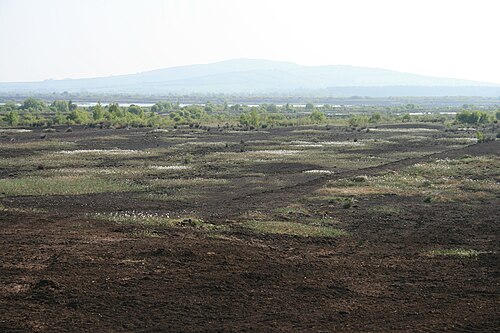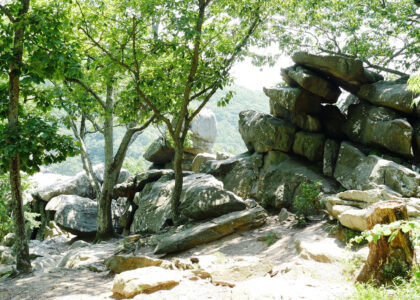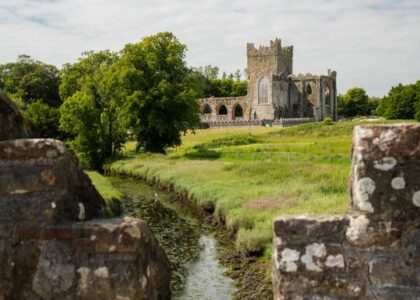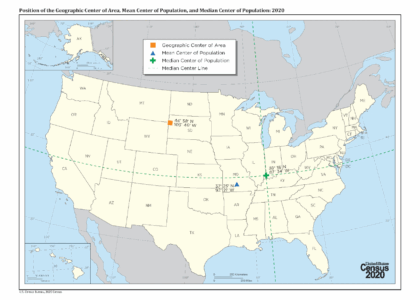Welcome to the Bog of Allen, a vast expanse of peatland that stretches across the heart of Ireland. This unique ecosystem has been a significant part of Ireland’s natural and cultural heritage for thousands of years. Peatlands like the Bog of Allen are formed over millennia, as waterlogged conditions slow down the decomposition of plant material, creating layers of peat. The Bog of Allen, one of the largest bogs in Ireland, has played a crucial role in the country’s history, economy, and ecology.
Dating back to ancient times, the bogs were considered sacred by the Celts, who believed they were gateways to the Otherworld. The bogs have preserved many archaeological treasures, including bog bodies and ancient artifacts, providing a glimpse into the lives of early Irish inhabitants. In more recent history, the Bog of Allen became a critical resource during the 19th and early 20th centuries, as peat was harvested for fuel. The development of the Grand Canal in the 18th century, which passes through the bog, facilitated the transportation of peat and boosted local economies.
The story of the Bog of Allen is not just one of exploitation but also of conservation. In the latter half of the 20th century, awareness grew about the ecological importance of peatlands. These ecosystems are vital for carbon storage, biodiversity, and water regulation. Today, efforts are underway to preserve and restore this unique habitat.
Visitors to the Bog of Allen can explore its natural beauty and learn about its rich history. The Lullymore Heritage & Discovery Park offers insights into the traditional ways of life in the area and the significance of peatlands in Irish culture. As you walk through the bog, imagine the countless generations who have traversed these lands, leaving behind traces of their existence for us to discover.






